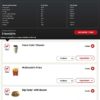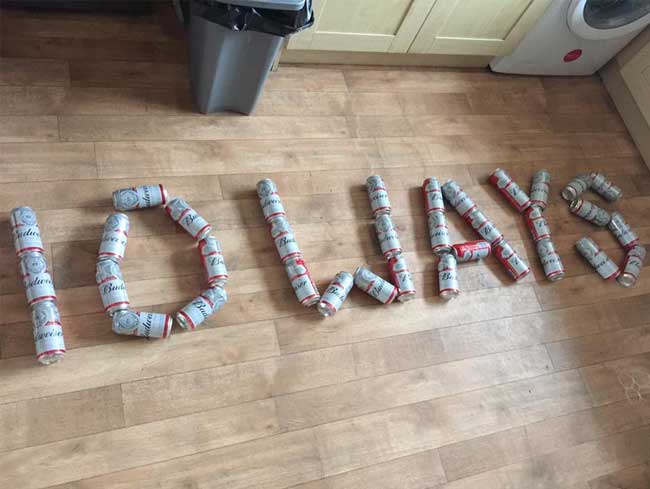To start off, the image above contains fruit, we’ve got a confession it has no reason to be on this page but fruit doesn’t get promoted by any large companies so we thought we would do our little bit. Eat fruit and veg instead of processed crap.
Update: We’ve had it confirmed that fruit and veg is actually better for you that processed fatty, sugary, low-fat food that is sold by massive companies cashing in on their excellent branding. Even better 😉
Anyway back to reality:
- Hidden Sugar – Our bodies want fat, consumers all know that (most) fat = bad. But often (until fairly recently) ignored the sugar levels in products that traditionally we would associate with sugar, e.g. you wouldn’t normally look at the sugar levels in a burger, but actually those levels often are high, because companies know we have traditionally looked at fat levels and not sugars!Companies then started to hide/change these sugars by swapping them for sucrose, high-fructose corn syrup, glucose, maltose, corn syrup solids, brown sugar, honey, dextrose etc. Sugar funny enough turns into fat if the calories aren’t used and fat people will buy more food.
- Dieting food often full of sugar
- Sugar-free foods often are full of sweetners (which confuse the brain into you eating more)
- Soups and Sauces often are full of sugar
- Healthy drinks (like smoothies) will often have high levels of sugar
- Bread – up to half a teaspoon of sugar in some single slices of bread
- Breakfast Bars / Cereal / Yoghurts – Some breakfast bars have more sugar than a chocolate bar
- Alcohol – 1 pint of cider contains 20g of sugar
- Starbucks, Costa amp; other highstreet coffee shops use various tricks to insert sugar. e.g. 11 teaspoons in a Caramel Frappuccino with whipped cream
- Salad dressing – as much as 7g in one serving (look for dextrose, honey, glucose and maltose)
- Colour – Mostly the colours of red & yellow combined + now the colour green – Colours are communicated quicker to the brain that any other form of communication, red triggers stimulation, appetite, hunger, it attracts attention. Yellow triggers the feelings of happiness and friendliness. Green (recently extensively used by McDonalds) triggers the feeling of nature, natural and environmentally friendly (something McDonald’s are heavily pushing recently as people leave the brand for healthier alternatives).
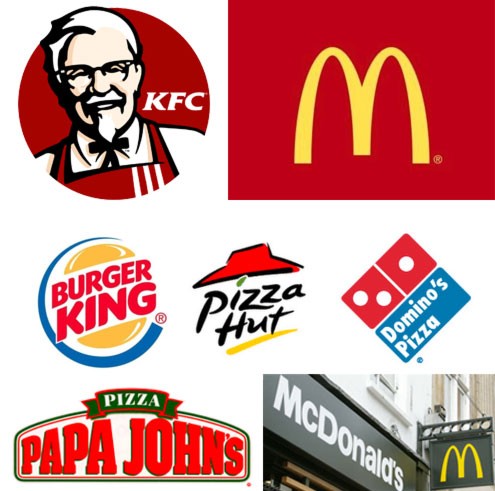
- Deals & Combos – You often will see discounts on branded unhealthy food but rarely will see a crazy deal on fruit and veg… Coca-Cola was very rarely ordered with food until it became part of the combo meals we all now know, in fact, pushing their drinks alongside fast food was part of Coca-Colas main strategy to increase consumers between 1980-2000.
- Great [often expensive] sounding ingredients on the label but actually hardly any in the bottle, packet etc. A common trick with fruit juice, we’ve seen Mango & Peach juice with the main ingredient being Apple juice…. Surely it should be called Apple Juice with Mango & Peach?
- Amazing Photographers – Photos of the food always looks far better than the real thing, that is why many (if not all) food companies spend hours preparing food before it gets photographed. See more: Fast Food Menu Photos Vs Real Life
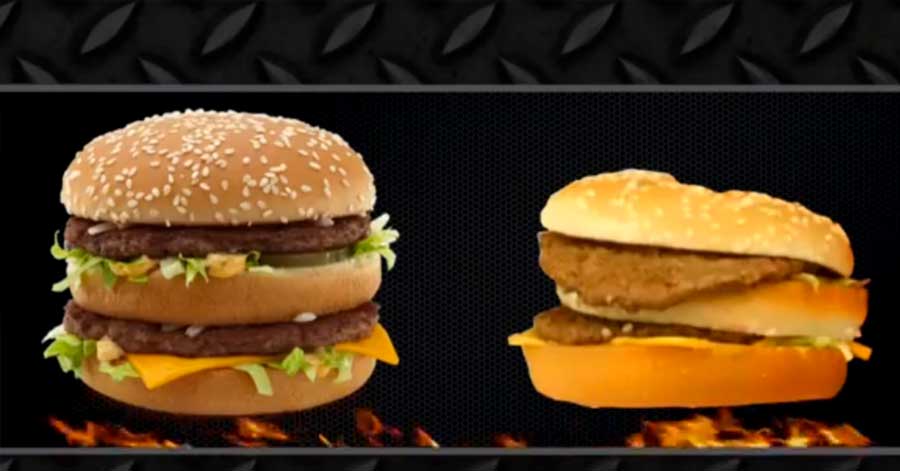
- Smells – Ever wondered why supermarkets don’t pump away the smell of the bakery and instead it seems to linger around the store or why cinnamon Pretzels shops seems to do the same thing but the smell just so happens to linger outside their store.
- Large empty packaging – Making the products cheaper (increasing the chances you will buy) A trick we’re all too familiar if you’ve ever eaten a packet of Crisps (potato chips if you’re from the US), the bags are full of air, this is generally to protect the crisps but commonly the packets are excessively full of air / space. Once you start eating you will soon forget that you’re effectively been tricked into buying expensive air!
- Either way they win – If you buy another brand it doesn’t matter as they probably own that as well – Most brands are all owned by a large company that owns loads of brands. E.g. Innocent Smoothies are owned by Coca-cola.
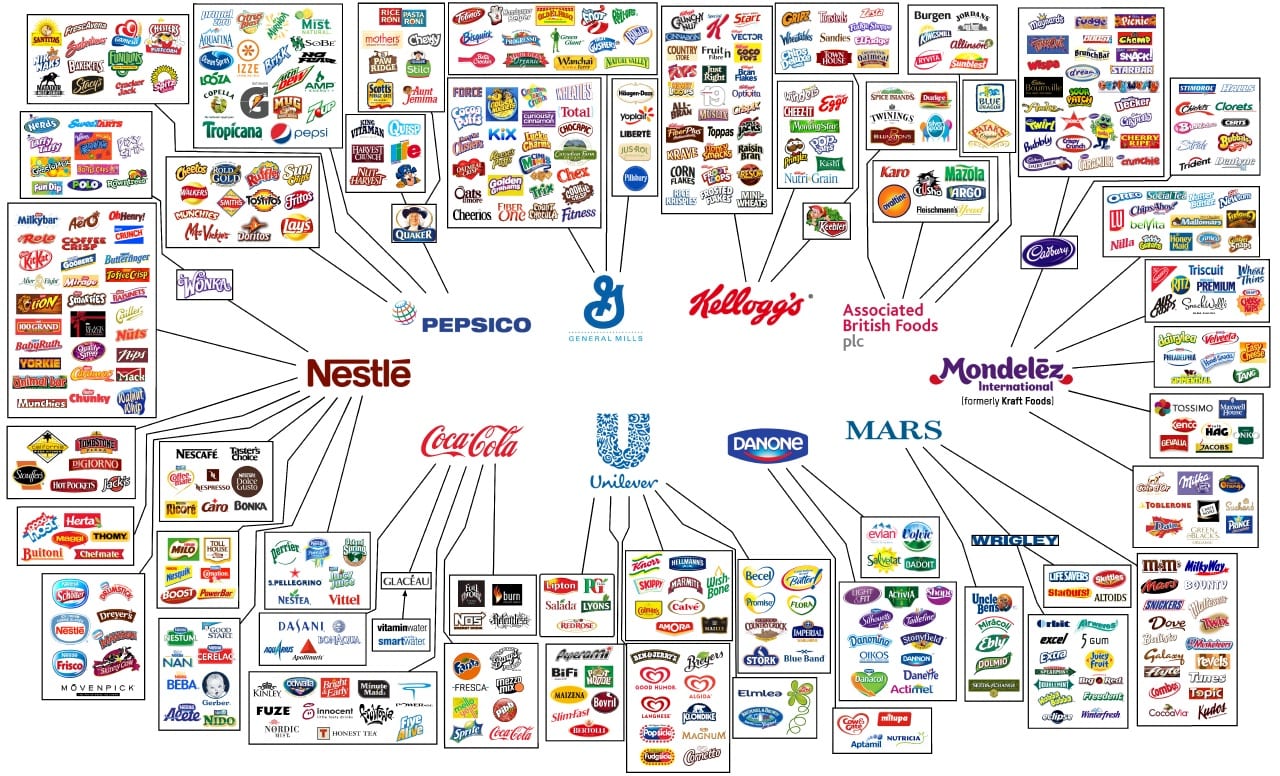
- Changing what we think is a reasonable portion – A bucket of chicken, A footlong Sandwich etc. Often these sizes are pushed with the benefit of being better value for money but the fact the chicken is in a single bucket increases the chances of one person eating it all, if they spread the pieces into 3 containers you would be more likely to take some home for another meal.
- More processing of food generally equals more profit – It’s the same concept that drug dealers use when cutting in extra ingredients into things like cocacine. Insert other cheaper ingredients into the food and then spend those extra savings on ‘marketing’. The worrying thing is often the original ingredients in processed food aren’t the best for us to begin with! Things with Low Fat or Low-Calorie banners/stickers on may have lots of the nutritational ingredients replaced with cheaper alternatives (+ sugar) that may have the same calorie count (or slightly less) but nowhere near the same health benefits as the real thing.

Via Daily Mail
You may also like:

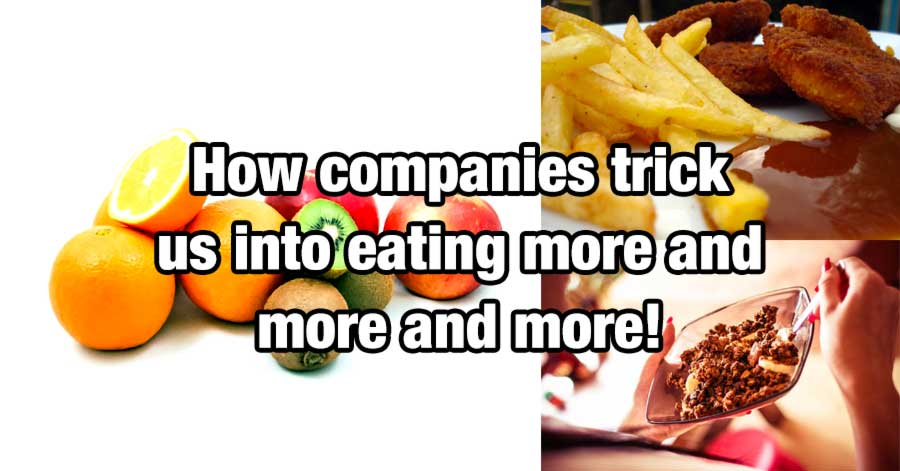
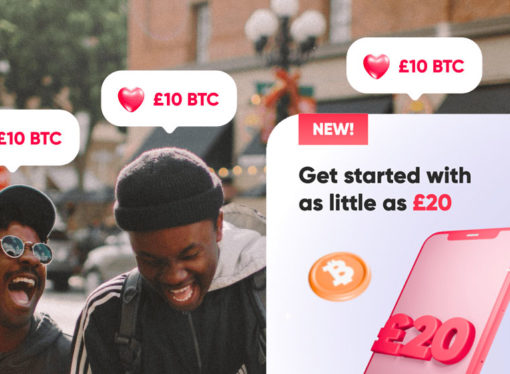
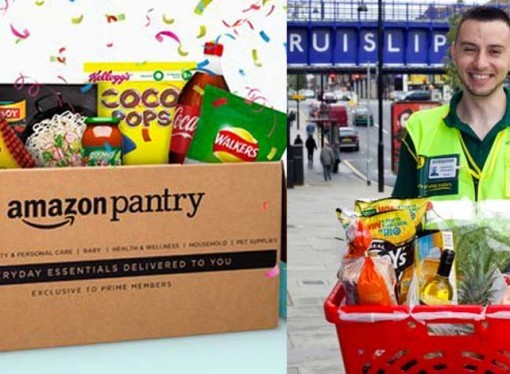


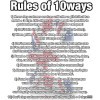








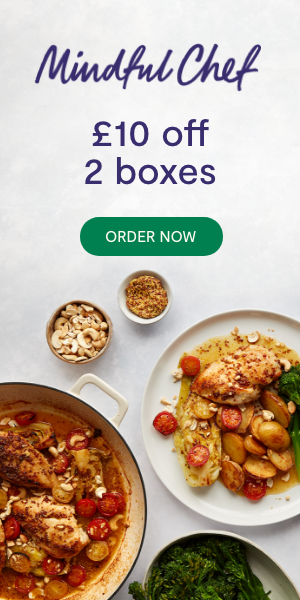
![How social media will destroy your business [with proof] if you’re a d*ck &/or hurt animals](https://10ways.com/wp-content/uploads/2016/02/social-media-ruin-100x100.jpg)




